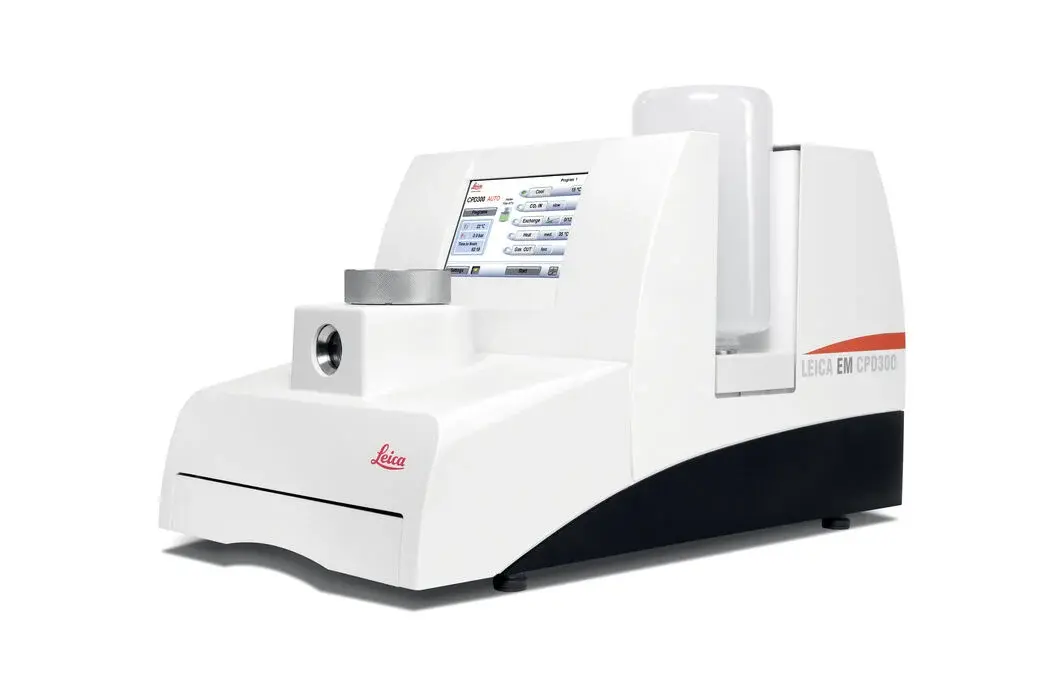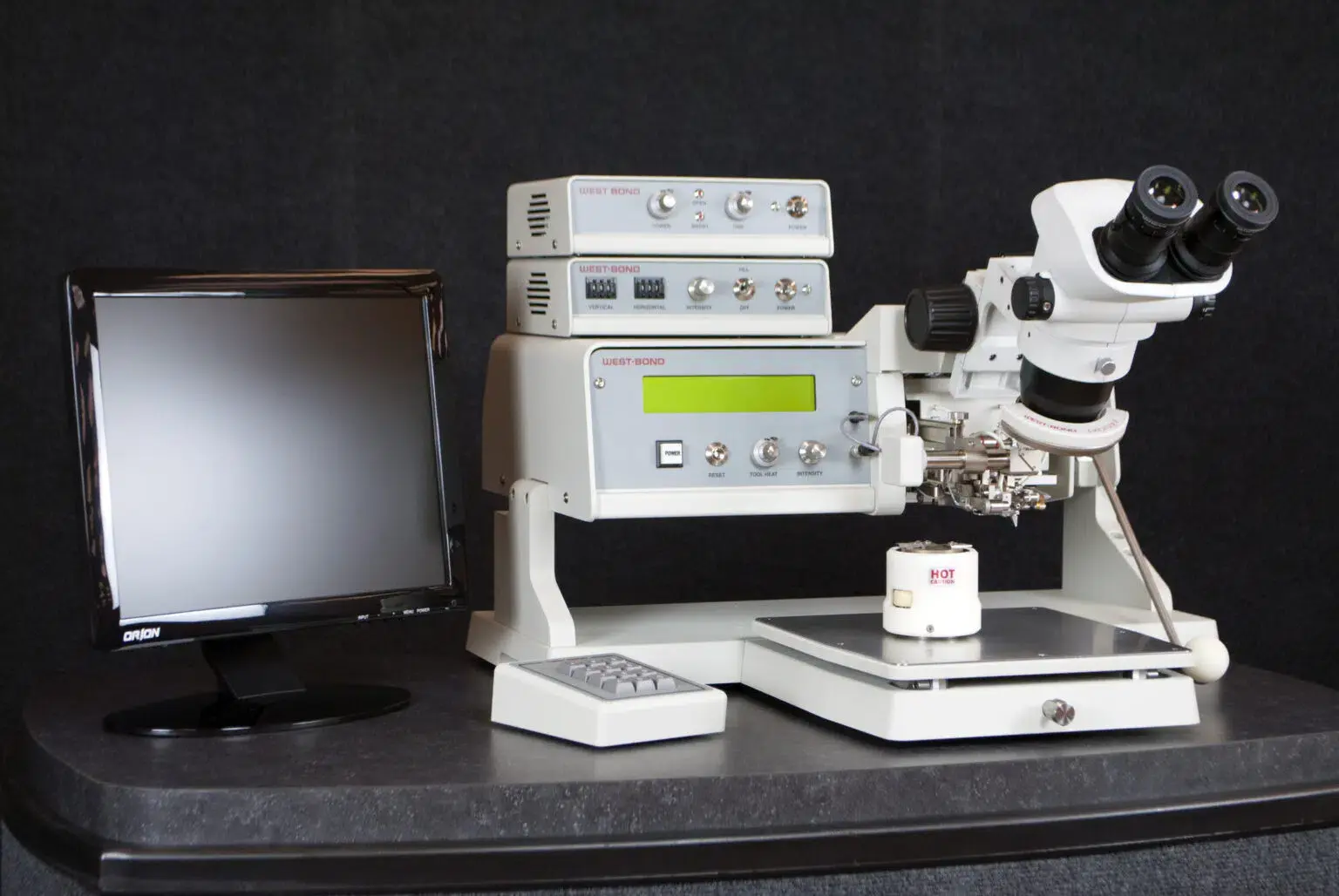
With direct access to the twin cleanrooms of Delft — the Kavli Nanolab and the Else Kooi Laboratory — we operate at the heart of one of the most advanced nanotechnology hubs in the world. Together, these facilities offer an exceptionally rich and diverse collection of fabrication and characterization tools—an ecosystem so comprehensive it is likely unmatched anywhere else. From highly customized prototype fabrication to early-stage pilot production, we combine cutting-edge tools with deep technical expertise to accelerate your innovation and transform you ambitious ideas into precise, scalable solutions. Below are the key instruments that drive our work:





















